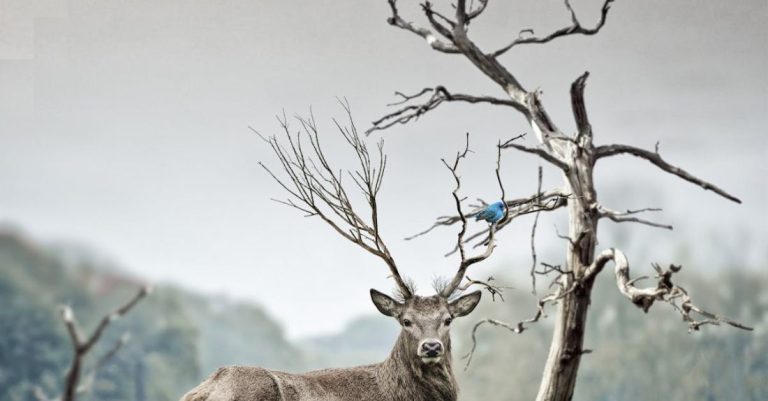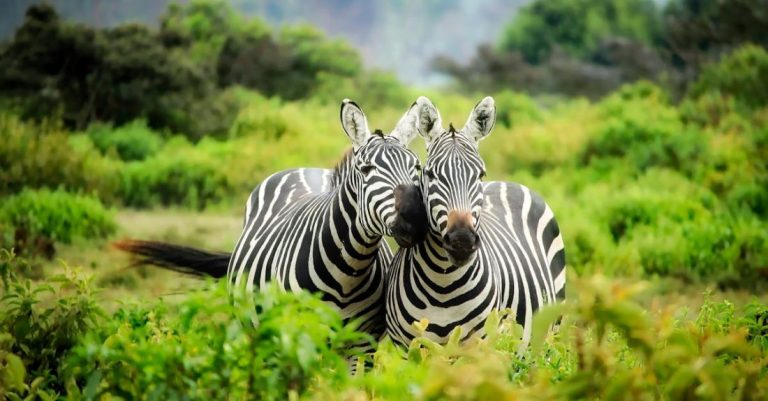
Embarking on a wildlife safari is a thrilling adventure that allows you to immerse yourself in the natural world and witness magnificent creatures in their natural habitats. The timing of your safari can greatly impact the overall experience, as different times of the year offer unique opportunities to observe wildlife behavior. Understanding the best times of year for wildlife safaris can help you plan a trip that maximizes your chances of encountering a diverse array of animals in their element.
Optimal Season for Wildlife Viewing
When planning a wildlife safari, it is crucial to consider the optimal season for wildlife viewing. Each season presents its own set of advantages and challenges, so choosing the right time to visit can make a significant difference in the quality of your safari experience.
Spring: A Season of New Beginnings
Spring is a season of renewal and rejuvenation in the animal kingdom, making it an excellent time for wildlife safaris in many regions. This is the season when many animals give birth to their young, providing ample opportunities to witness adorable baby animals taking their first steps in the wild. In addition, the lush greenery and blooming flowers create a picturesque backdrop for your safari adventures.
Summer: Abundant Wildlife Activity
Summer is another prime season for wildlife safaris, as the warmer temperatures bring increased activity among animals. Many species are more active during the summer months, providing ample opportunities for thrilling wildlife encounters. From herds of elephants roaming the savannah to prides of lions basking in the sun, summer safaris offer a vibrant and dynamic experience for nature enthusiasts.
Fall: Migration Spectacles
Fall is a season of migration for many animals, making it an ideal time to witness spectacular wildlife spectacles in various regions. Whether it’s the great wildebeest migration in the Serengeti or the monarch butterfly migration in Mexico, fall offers a chance to witness vast numbers of animals on the move. The sight of thousands of animals migrating across the landscape is a truly awe-inspiring experience that should not be missed.
Winter: Unique Wildlife Encounters
While winter may not be the most popular season for wildlife safaris, it still offers unique opportunities for wildlife enthusiasts. In colder regions, winter safaris can provide a chance to observe animals in snowy landscapes, offering a different perspective on their behavior. Additionally, winter safaris often come with fewer crowds, allowing for a more intimate and peaceful wildlife viewing experience.
Factors to Consider When Planning a Wildlife Safari
When planning a wildlife safari, there are several factors to consider to ensure a successful and rewarding experience. First and foremost, research the specific destination you plan to visit and familiarize yourself with the typical wildlife sightings during different seasons. Understanding the behavior and movement patterns of the animals in the region will help you plan your safari at the optimal time.
It is also important to consider the weather conditions during the season you choose for your safari. While some animals may be more active during certain weather patterns, extreme weather conditions can impact your ability to spot wildlife. Be prepared for varying weather conditions and pack accordingly to ensure a comfortable and enjoyable safari experience.
Another factor to consider is the level of tourist activity during different seasons. Popular wildlife destinations can get crowded during peak seasons, which may affect the overall quality of your safari experience. If you prefer a more exclusive and intimate wildlife encounter, consider visiting during the shoulder seasons when tourist numbers are lower.
Making the Most of Your Wildlife Safari Experience
To make the most of your wildlife safari experience, consider booking guided tours or joining wildlife photography workshops led by experienced professionals. These tours can provide valuable insights into the behavior of animals and enhance your overall safari experience. Additionally, be respectful of the wildlife and their natural habitat by following the guidelines set forth by the park authorities.
In conclusion, the best times of year for wildlife safaris vary depending on the destination and the species you wish to observe. By considering the optimal season for wildlife viewing, researching the behavior of animals, and planning your safari accordingly, you can ensure a memorable and enriching wildlife adventure. Whether you choose to witness the beauty of spring births, the excitement of summer activity, the spectacle of fall migrations, or the tranquility of winter landscapes, each season offers a unique opportunity to connect with nature and witness the wonders of the animal kingdom.





